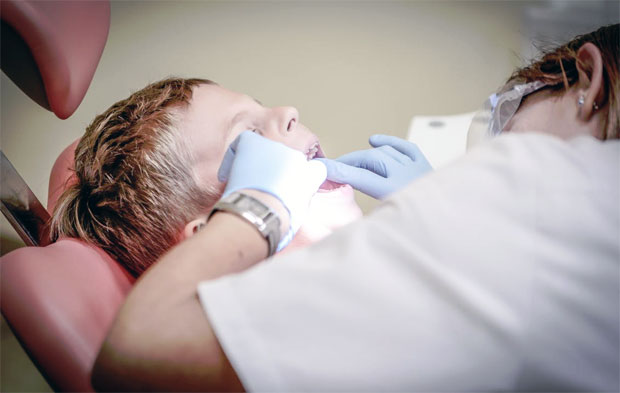Which Sedation Dentistry Options are Safe and Effective for Toddlers?

Which Sedation Dentistry Options are safe and Effective for Toddlers?
Dental sedation in young children still continues to stir debate across the globe. Some of the negative reports surrounding pediatric dental sedation claim that it may lead to sleep disorders, incredible pain, abnormal growth and learning challenges in children. In addition, it may instill fear in toddlers that might just follow them to their adulthood thereby affecting their dental care.
While such incidences have been experienced in the past, pediatric experts argue that sedation dentistry options in children are absolutely safe and effective. One study revealed that 10-20% adults actually avoid going to the dentist because of dental fear caused by a painful childhood dental experience. The unfortunate side effects often occur as a result of neglecting appropriate precautions such as dosage, medication, patient characteristics, and the delivery route.
Why sedate children?
Sedation is helpful in dental pediatrics for the following reasons:
- It alleviates any pain associated with dental procedures.
- It eases the anxiety associated with past visits or negative rumors.
- It helps the child stay calm and comfortable.
- It assists children with behavioral disorders and special needs.

Toddler-Safe Dental Sedation Options
- Nitrous oxide
Commonly referred to as the “laughing gas” nitrous oxide is the mildest dental sedation option in pediatrics. The administration is also baby-friendly; the mask is put over the nose and the child asked to breathe normally so that he can inhale the gas. If well administered, the child often feels comfortable and happy and not overly drowsy, no wonder the name. It is also great because it takes effect as soon as the patient takes the first few breaths and wears off in a couple of minutes after its removal.
If you are curious about its use, be sure to consult dentists like https://www.capedentistry.com/meet-our-dentist-west-harwich-ma/ to find out more.
- Oral sedation
This is yet another baby safe option in dental pediatrics. Drugs are administered orally to sedate the child in preparation for the dental procedure. The drugs essentially affect coordination and movement but cardiovascular and respiratory reflexes remain untouched. This means the child will be awake throughout with the ability to hold down a conversation.
- IV sedation
IV sedation causes the child to sleep completely. They may respond to pain and stimulation or even make certain sounds but they will do this when fully asleep. The IV drugs may affect cardiovascular and respiratory functions; therefore, trained sedation dentistry medical personnel should be available to monitor your child throughout the procedure.
- General Anesthesia
Just like IV sedation, your baby will be fully asleep with zero vocalization and movement. Sedation is achieved by inhalation of a specific vapor administered through a tube. General anesthesia is excellent because it makes children feel less anxious and uncomfortable as the dental procedure is being carried out.
As much as the dental sedation options above are safe for toddlers, you may want to book an appointment with your dentist prior to any dental procedure. Let your child be monitored for blocked airways, sinus issues, respiratory, and cardiovascular challenges and other medical challenges. Ensure all guidelines stipulated by the American Academy of Pediatrics are followed (or the ones in your country if you don’t live in the U.S.) before, during and after any sedation dentistry procedure.
Guest Article – Collaborative Article.




